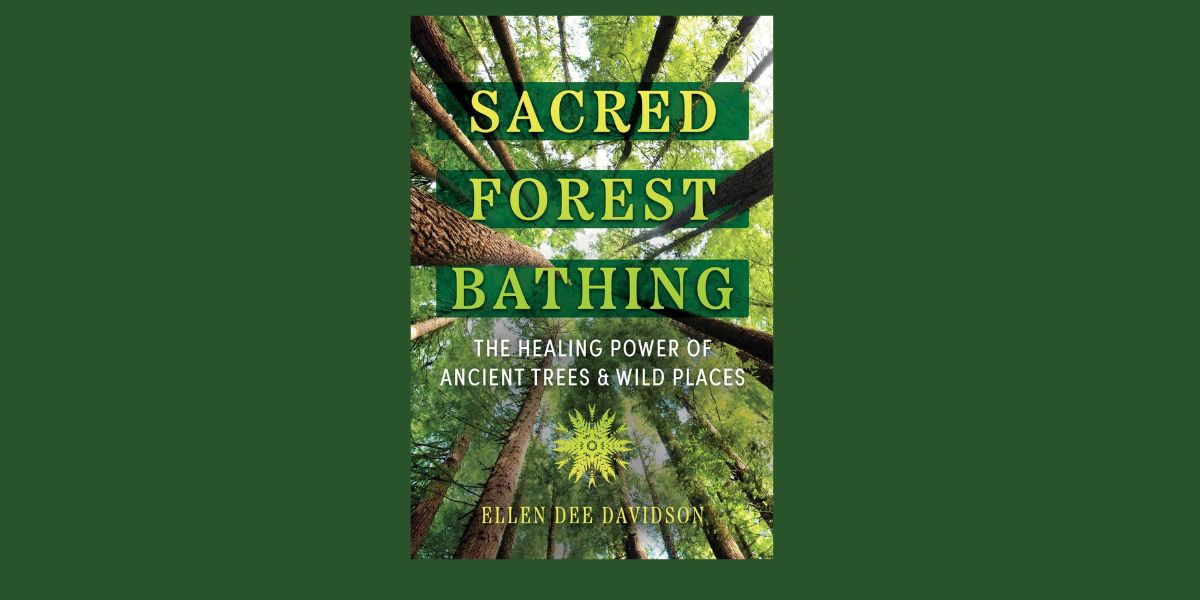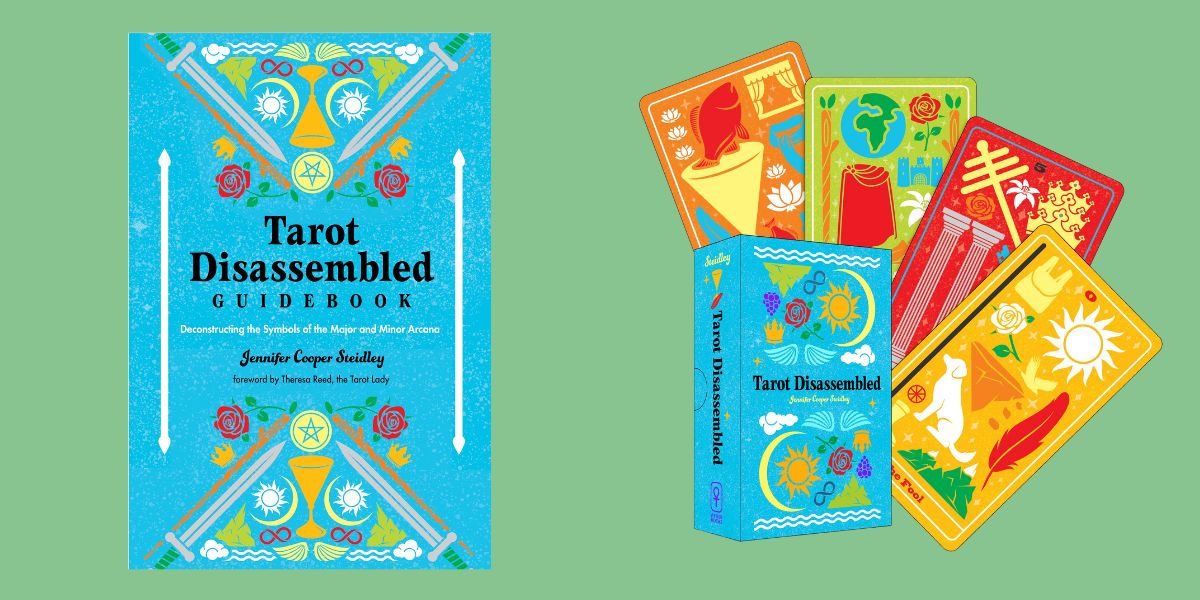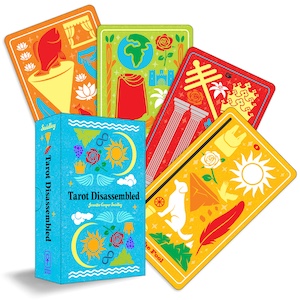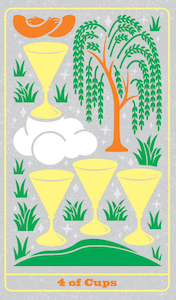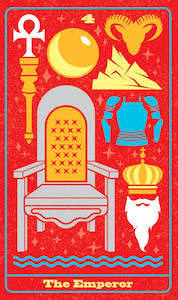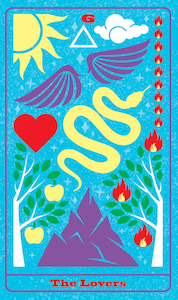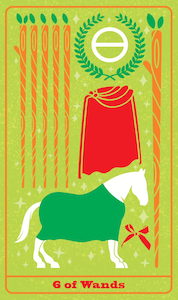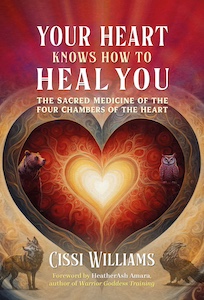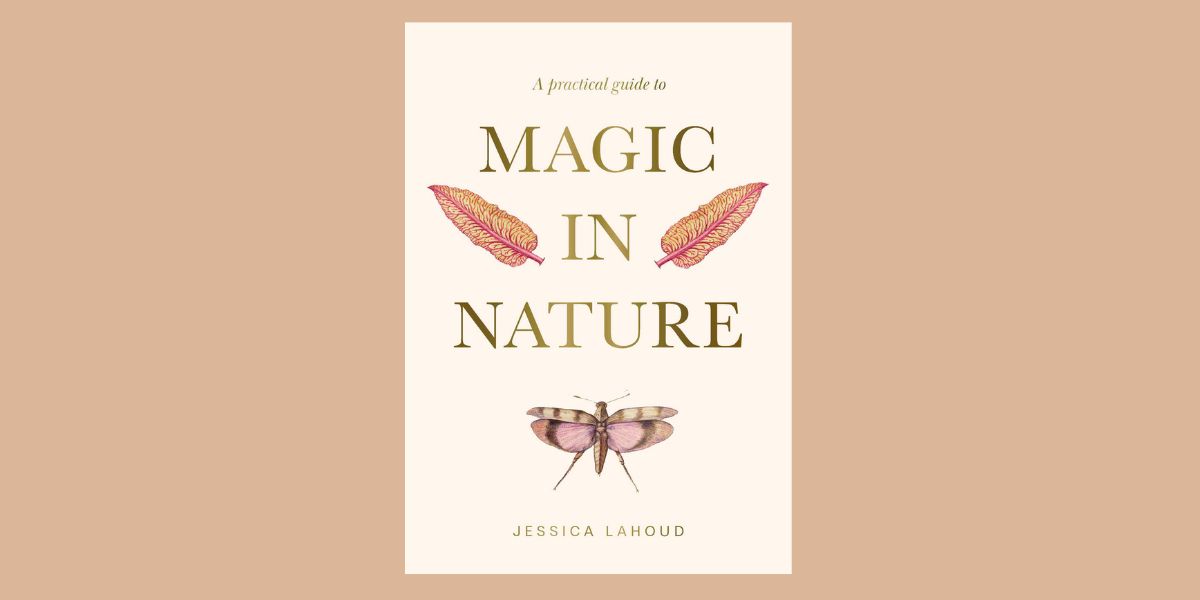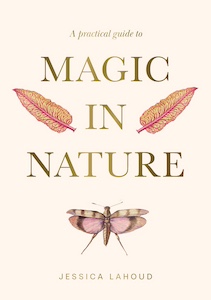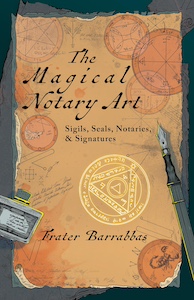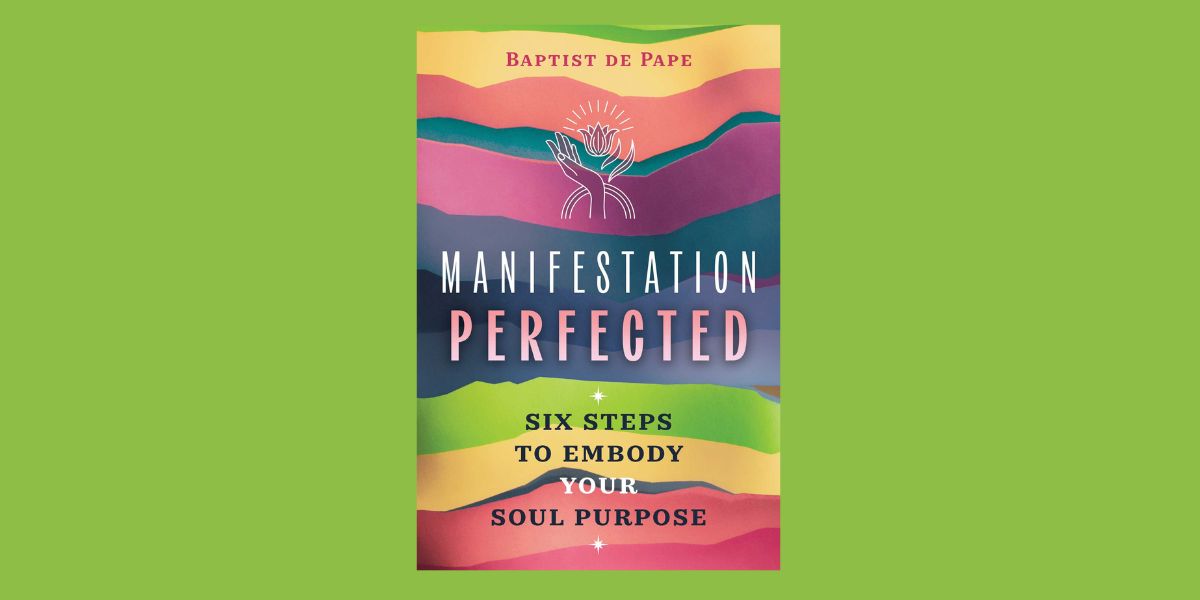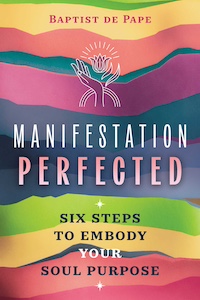
Mastering the Tarot Tableau: Revisiting Predictive Accuracy with Tarot, by Toni Savory
REDFeather, 978-0764368912, 144 pages, April 2025
Mastering the Tarot Tableau: Revisiting Predictive Accuracy with Tarot by Toni Savory introduces the reader to a style of tarot reading that is more commonly used in European countries. In setting up the tableau, Savory provides the reader with a complete narrative, connecting and moving through the cards chosen as a whole, rather than independent outcomes. The spread for a reading is laid out in a sequenced grid, also known as a “tableau”, which offers deeper insights and greater clarity and accuracy of the reading.
“Each Tarot deck contains the story of life, and every possible situation is available for insight. By using a tableau spread, we can determine interpersonal relationships and auspicious versus inauspicious fortunes and tell the tale of daily life for our querents.”1.
This book is organized into four major sections, each containing subsections aligned with the cards of the tarot, basics, and technique. The sections and their components build upon one another, forming a solid foundation of information and study for the novice as well as enhancements and new perspectives for the more advanced tarot devotee.
The introduction provides the reader with the history and diverse ways in which this style of reading has been used, particularly at the moments when divination and the predictive arts were banned or came under fire. This method of adaptability makes a bold statement about the tenacity of the tarot readers and the fact that there are many ways to accomplish the desired outcome– all very much aligned with the art of tarot itself.

“The tableau provides the backdrop for a pure predictive reading, quite like the fortune-tellers of the nineteenth century would employ, leaving spiritual matters to the side and focusing on what would happen within the daily life of the client. All flowery language attached to the Tarot meanings are removed for a short, sharp and direct narrative….. The reader finds that their readings become a novel-like affair, and the story of the querent’s life is explained from start to finish with flair.”2
Throughout the section entitled “The Game of Tarot” the reader is taken through the fundamentals of tarot as a predictive and intuitive tool. With the section “The Meanings”, a third of the book is assigned to the task of providing brief, yet concise meanings of each of the seventy-eight keys complete with keywords, auspicious and inauspicious application, and highlights or movement that is indicative of the specific card.
Having completed a “crash course” or “refresher” of the tools employed, focus is directed towards using that information in the creation of tarot tableaus.
“Thinking of your Tarot tableau as a game to be played is the perfect mindset for imaginative and intuitive readings. Consider a board game; we throw the dice and move along the rows of the board until we finally either win or lose. Each position on the board has a rule (e.g. receive five gold pieces), and we have to overcome a few obstacles along the way. The game of Tarot is no different-we follow the flow of the board to interpret a narrative using each card as a further step in the story of life.”3
The following section introduces the reader to six types of tableaus, the basics of understanding how the cards interact with one another in this style of reading, selection of the significator (representing the querent) card, and how the flow of the narrative begins in its story telling. The author makes use of a step-by-step example of a sample reading to give clarity and a visual component for comprehension.

I especially enjoyed the subsequent section entitled “Advanced Tableau Techniques” and the offerings of ten highly usable approaches for tarot readings. Of these, The Fool’s Journey Tableau, stirred the most interest. Perhaps because this “journey” has been given so much attention and means of interpretation throughout the ages and in particular in the more modern style of tarot reading and the spreads used.
“The Fool’s Journey provides the backdrop to the Major Arcana TABLEAU and is read in conjunction with the cards presented. Each Major Arcana card becomes a house (or placement) within the spread, enabling the reader to follow the client’s future storyline.”4
Mastering the Tarot Tableau aptly concludes with additional supportive meanings for the cards relevant to the selected tableau and the inquiry being made. The final pages are devoted to client readings and, more importantly, making the reader feel assured and confident in this style of reading.
“When first looking at a tableau, it is easy to feel intimidated and almost fearful of the sheer number of cards and their meanings to digest and communicate. Before reading for others, begin by having fun with a Tableau. Use them to tell stories about work, love, and random tales of kindness, sorrow and life. Allow yourself to be immersed in the story, to build not only a narrative but also a relationship with the tableaus themselves.”5
Savory then goes on to share her experience of reading tableaus and further supports the idea that this is a viable, highly usable, and accurate way of serving your client, despite the complexity and practice required.
Would I Recommend?
Mastering the Tarot Tableau is a unique book that offers an intriguing approach to tarot reading. It is a comfortably sized companion to bring along for reading practice or study while having coffee. Additionally, there are more than fifty illustrations of both cards and grids for tableau placement providing a visual kinesthetic experience of learning and doing.

I am especially appreciative, as I am sure other readers will be, of the thorough and concise manner in which Savory has organized the information regarding this style of reading. Although the complexity and possible overwhelm of necessary preparation and knowledge may seem daunting, the way in which it is presented speaks to the passionate interest of the author in sharing and broadening the styles of the traditional tarot community.
All in all, whether an experienced reader or novice to tarot, this book is definitely worth a read, encouraging tarot readers to remain open to the new narrative that may unfold for yourself as both reader and querent.
About the Author: Toni Savory
Toni Savory, founder of the World Divination Association and author of The Card Geek’s Guide to Kipper and the Rainbow Kipper, has studied cartomancy and divination in England, France, and Germany.

Robin Fennelly is an Elder within the Assembly of the Sacred Wheel Tradition [www.sacredwheel.org]. She is a dancer, teacher, astrologer, author, ritualist and seeker of all things of a spiritual nature. Her writings and classes incorporate a deep understanding of Eastern practice and Western Hermetics and bring a unique perspective towards integration and synthesis of the Divine and Mundane natures of our being. She is a mother of five and lives in Eastern PA with her husband of 45+ years.






